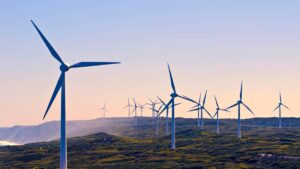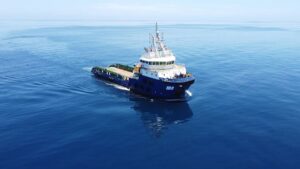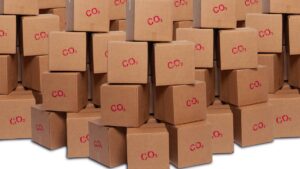If Australia’s Sun Cable can power 15pc of Singapore with renewables, why can’t it power… Australia?
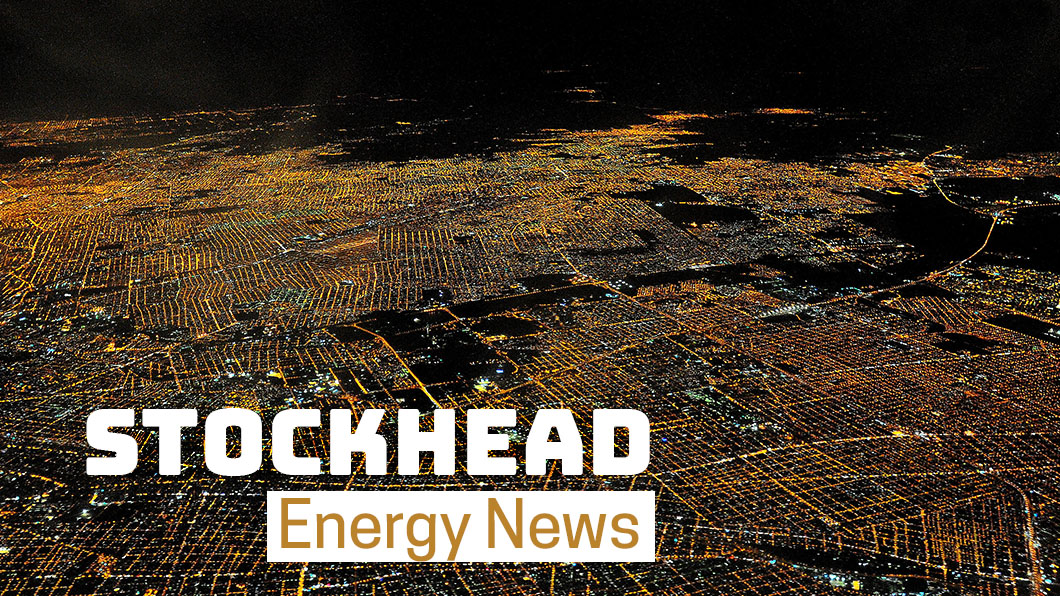
Pic: Matthias Kulka / The Image Bank via Getty Images
Billionaire-backed Sun Cable is developing the Australia-Asia PowerLink Project, a +$30 billion mega project including a 17-20GW solar array, the world’s biggest battery at a scale of 36-42Gwh and the world’s longest subsea high voltage direct current (HVDC) cable of around 4,200km.
From 2028, the project intends to deliver 8.6Mt of CO2 reduction and supply 15% of Singapore’s electricity needs to match its entire climate abatement gap in its 2030 emissions reduction targets, as well as supply renewable energy to Darwin.
The battery is designed to operate with the solar PV to create a dispatchable power plant that operates 24/7, delivering energy to Singapore in around 20 milliseconds.
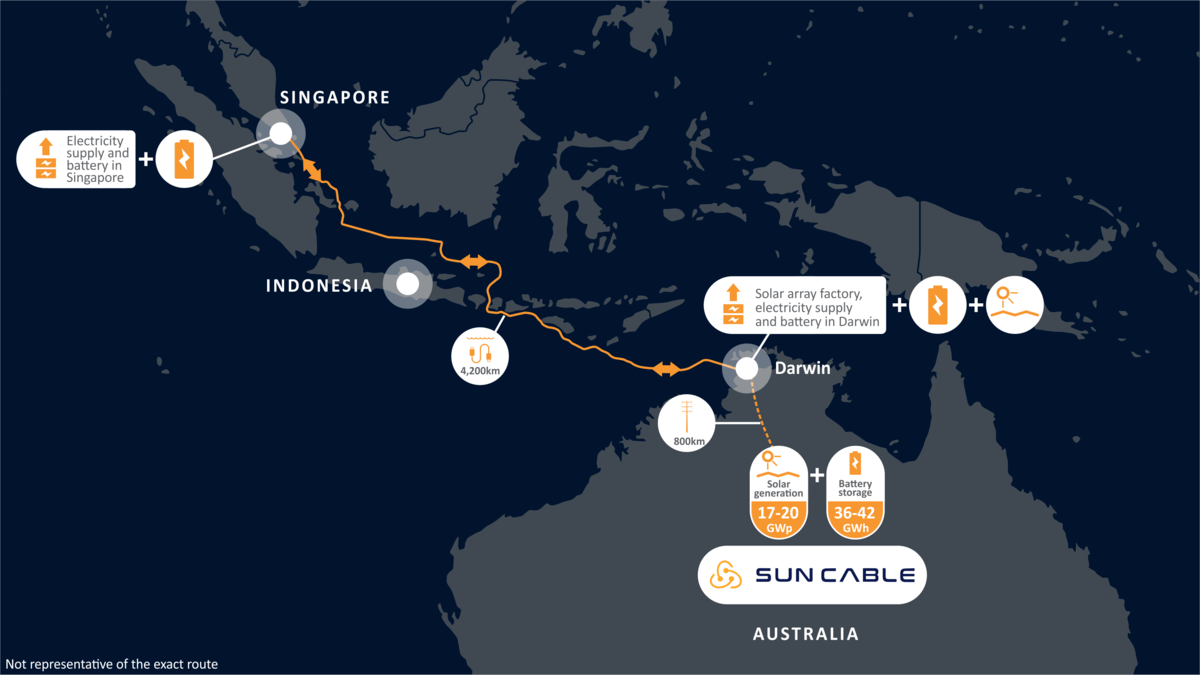
Sun Cable chief executive officer David Griffin said around 97% of Singapore’s electricity comes from gas, most of which is piped gas from neighbouring countries such as Malaysia.
Liquefied natural gas (LNG) makes up the balance.
“The piped gas will come to an end in the mid 2020s”, he said.
“And as we are seeing now, LNG is a very expensive way to generate electricity and would leave Singapore overly reliant on a single source of energy supply – neither of which is particularly attractive.”
The tropical island country in Southeast Asia has a policy to diversify its supply of electricity, with one means being through the development of interconnectors.
“That is where we come in,” Griffin said.
“We can supply the zero emissions electricity needs on a really competitive basis, so it ticks all those boxes for supply into Singapore and to meeting our customers’ needs in Singapore.”
…and what about Australia?
Australia currently receives around 58 million petajoules (PJ) of solar radiation per year, with 400 PJ used for electricity generation in 2020.
Griffin said the country consumed 6,500 PJ of energy in 2020, “so our solar resource is absolutely enormous – the technology is there; we can supply all our needs from solar energy, but transmission is a real critical part of that solution”.
“The Australia-Asia PowerLink Project is the first of its kind because of the scale of the project and its intercontinental transmission.
“But we want it to be the first of many and we are already looking at other projects, which includes opportunities within Australia.
“We think there is a real opportunity to have significant penetration in meeting Australia’s demand in the early 2030s and we are certainly working towards that.”
40% of power can be lost in transmission
Curtin University Professor of Sustainability Peter Newman said the issue with transmission is that up to 40% of the power in a grid system can be lost during transmission.
“So, it’s a waste and the longer it is the more you lose.
“There is a new technology called high voltage direct current (HVDC) which means you don’t lose much but it is very expensive, has to be underground and isn’t used very much.”
Rooftop solar
According to the Clean Energy Council, nearly 3 million homes across the country have rooftop solar and almost 30% of Australian energy is already renewable – and it is estimated that number will soon reach 50%.
Newman said solar, in the form of rooftop panels, is going to continue to be the major source of energy in the country and has the potential to power the whole nation by that means alone.
“It is the cheapest form of power the world has ever known and it’s the fastest growing form of solar on your rooftop and whether it’s in a house, in a warehouse or in industry – if you get a rooftop solar panel on it, you can get most of your needs right there.”
Related Topics
UNLOCK INSIGHTS
Discover the untold stories of emerging ASX stocks.
Daily news and expert analysis, it's free to subscribe.
By proceeding, you confirm you understand that we handle personal information in accordance with our Privacy Policy.
